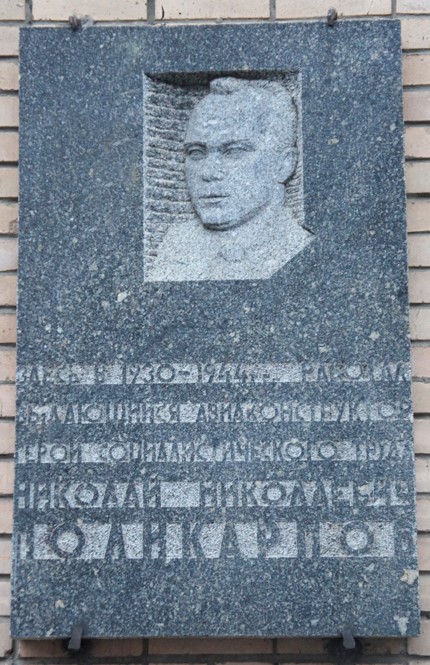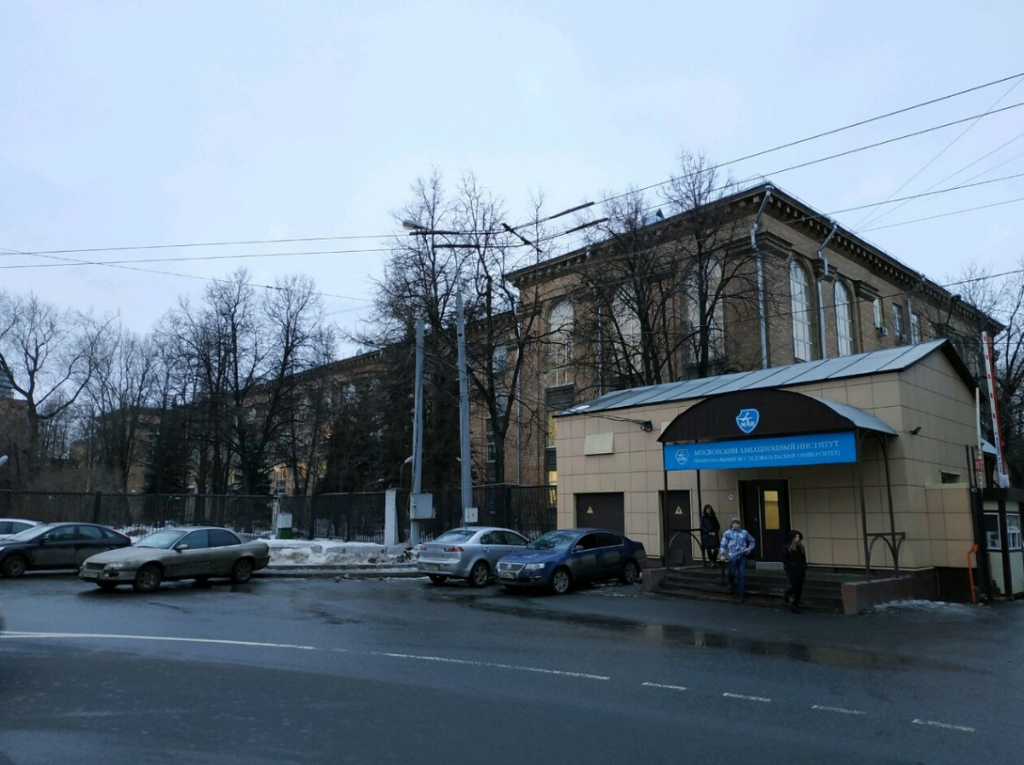Nikolay Nikolaevich
Polikarpov
1892-1944

Nikolay Nikolaevich Polikarpov was a Soviet aircraft designer, Doctor of Technical Sciences (1940), Hero of Socialist Labor (1940). He was born in the village of Georgievsky, the Livensky district, the Oryol province, in the family of a rural priest. After graduating from Livensky Theological College, he studied at Oryol Seminary, which, however, he did not finish. After passing the external exams for the gymnasium course, in 1911 he entered the mechanical department of St. Petersburg Polytechnic Institute, and since 1914, being interested in aviation, he was engaged in aeronautical courses at the shipbuilding department of the Institute. In 1916, after defending his diploma project, Nikolai Nikolaevich received a referral to the aviation department of the Russian-Baltic Carriage Factory (RBVZ), where he worked as a production manager until 1918 under the leadership of the outstanding Russian designer I.I. Sikorsky. He participated in the construction of the Ilya Muromets aircraft and the design of RBVZ fighters. From 1918 he worked at the Duks factory (aircraft factory No. 1), where he headed the technical department until 1923. In the spring of 1923, Polikarpov created the first Soviet fighter I-1 (IL-400), which became the world’s first free–flying monoplane fighter. In 1923, under the leadership of Polikarpov, the scout R-1 was also created. In January 1925, N.N.Polikarpov (after the departure of D.P. Grigorovich to Leningrad) achieved the organization of the experimental department on GAZ 1 named after Aviachim and became its chief. In February 1926, N.N. Polikarpov was appointed as the head of the Department of Land Aircraft Construction (OOS) of the Central Design Bureau Aviatrest. In 1927, he created the I-3 fighter, in 1928 – the R-5 scout (became widely known in connection with the rescue of the Chelyuskin expedition), the U-2 initial training aircraft, which gained worldwide fame and was renamed Po-2 after the death of the designer). U-2 (Po-2) was built until 1959. During this time, more than 40 thousand airplanes were produced, more than 100 thousand pilots were trained on them. During the Great Patriotic War, the U-2s were successfully used as scouts and night bombers. Nikolai Nikolaevich Polikarpov was unreasonably repressed. In October 1929, he was arrested on the standard charge – “participation in a counterrevolutionary wrecking organization” – and sentenced to capital punishment without trial. Polikarpov was awaiting execution for more than two months. In December of the same year (without cancellation or modification of the sentence) he was sent to the “Special Design Bureau” (CCB-39 OGPU), organized in Butyrskaya prison, and then transferred to the Moscow Aircraft Factory No. 39 named after V.R. Menzhinsky. Here, together with D. Grigorovich in 1930, he developed the I-5 fighter, which was in service for 9 years. In 1931, the OGPU collegium sentenced Polikarpov to ten years in camps. But after the successful demonstration of the I-5 aircraft piloted by Chkalov and Anisimov to Stalin, Voroshilov, Ordzhonikidze, it was decided to consider the sentence against Polikarpov conditional. In July of the same year the Presidium of the CEC of the USSR decided to grant amnesty to a group of people, including Polikarpov. Only in 1956 the Military Collegium of the Supreme Court of the USSR overturned the previous decision of the OGPU Collegium and dismissed the case against Polikarpov. After the arrest of A.N. Tupolev, Nikolai Polikarpov was appointed as the Chief Designer of Aircraft Factory No. 156 (ZOK TsAGI). In 1939, Polikarpov went on a business trip to Germany. In his absence, plant director Pavel Voronin and chief engineer Pyotr Dementiev (the future Minister of Aviation Industry) singled out some of the divisions and the best designers (including Mikhail Gurevich) from the Design Bureau and organized a new Experienced Design Department, and in fact a new Design Bureau, under the leadership of Artem Mikoyan. An unhealthy atmosphere was developing around Polikarpov. The harassment of the designer began, the work was slowed down, he was accused of conservatism. This continued until 1942, when Joseph Stalin took Polikarpov under his protection. But in 1944 he died due to stomach cancer. In total, Polikarpov developed over 80 aircraft of various types. During the period 1923-1940 at plant No. 1, on the territory of which the P.V. Voronin Machine–building plant is now located, 15951 aircraft were built (and taking into account modifications of experimental and built in small series – 16698 machines), mainly Polikarpov designs. Among them are reconnaissance aircraft P-1 (1914 aircraft), P-5 (4548), such famous fighters as I-3 (399 machines), I-5 (803), I-15 (674 machines; and in total – 3083), I-153 (3437), I-16 (was in serial production from 1934 to 1941; a total of 9450 vehicles were built), the UTI-4 training fighter (1639 vehicles). A number of long-distance flights were made on Polikarpov’s planes.
Address: Moscow, Volokolamsk highway, 4

